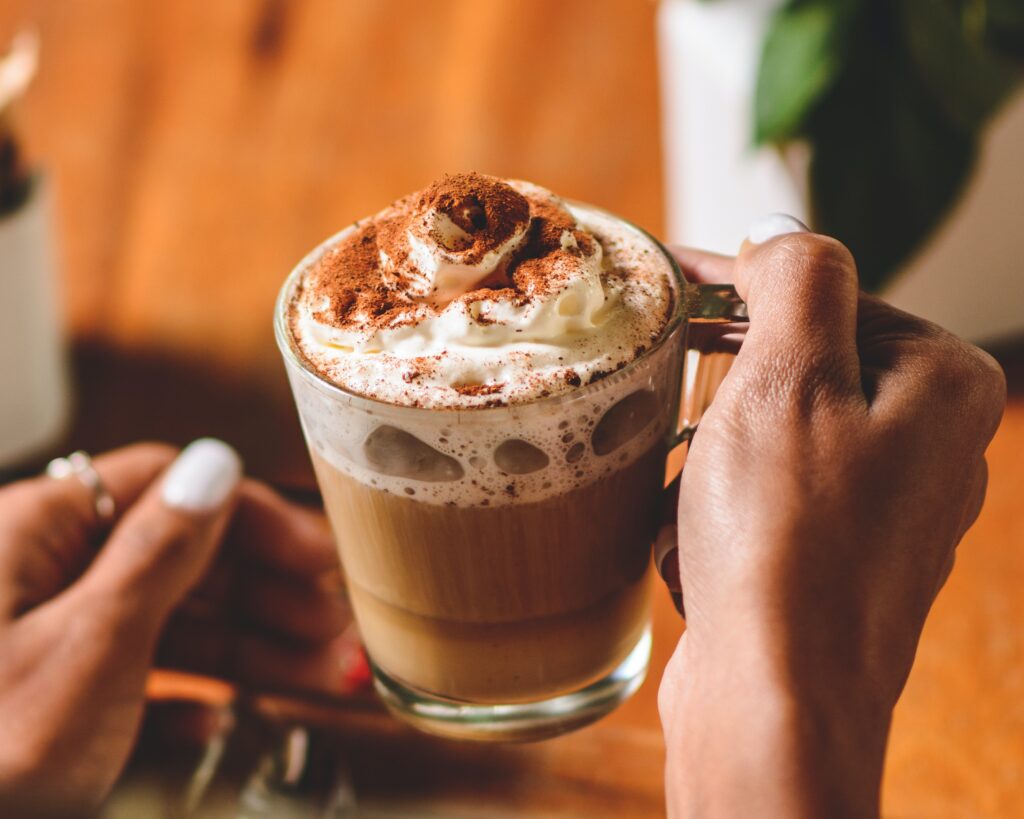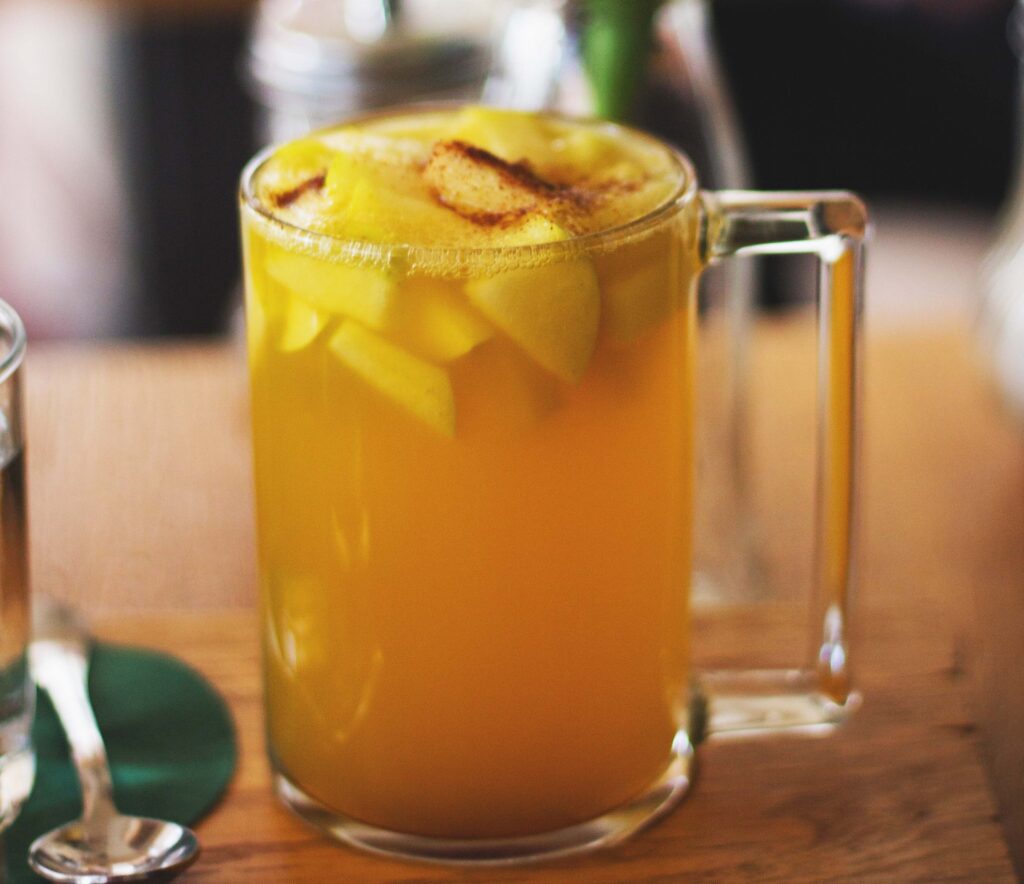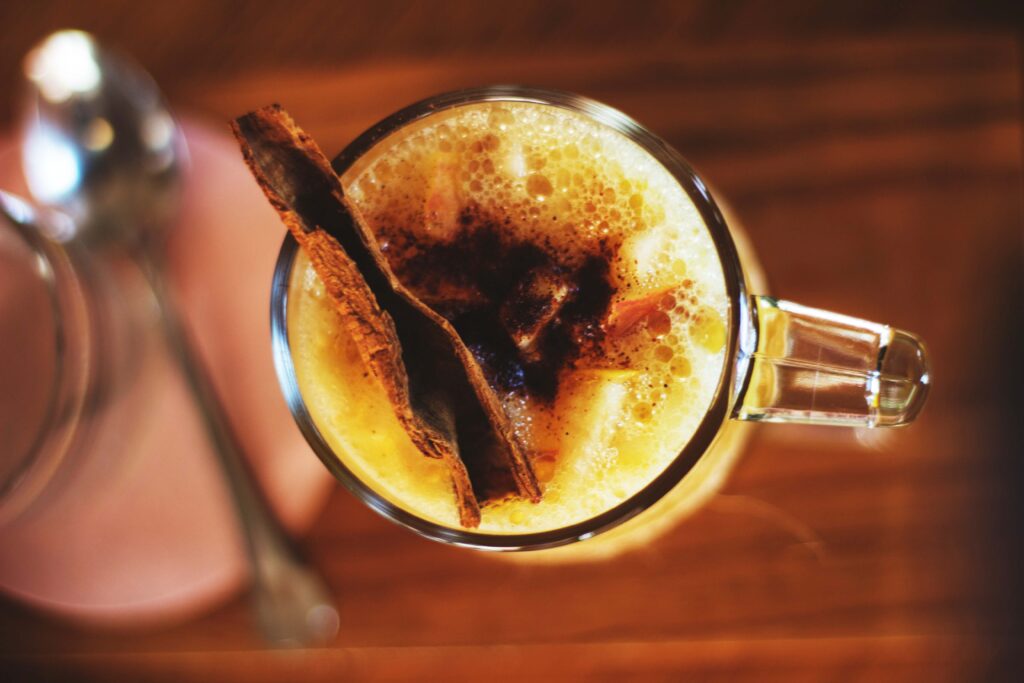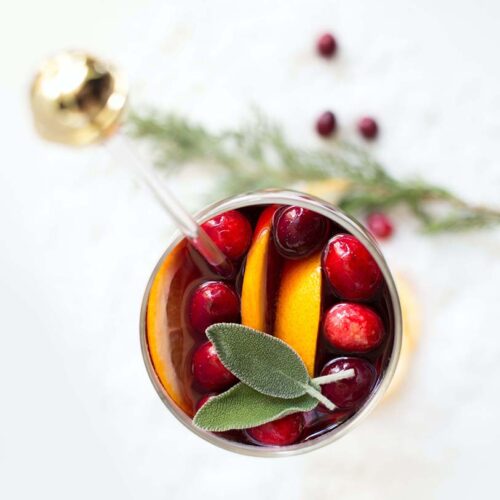
Spice up your winter nights with our top-rated hot mocktails – a cozy and delicious way to stay warm all season long
As the temperatures drop and the days grow shorter, there’s nothing like cozying up with a warm drink in hand. While alcohol may not be your preferred choice, you can still take advantage of the comfort and joy of a steaming hot beverage.
Hot mocktails offer all the warmth and flavor of their boozy counterparts without the added buzz. So, whether you’re curled up on the couch or sitting by the fireplace, these six hot mocktails are the perfect way to beat the cold and bring a smile to your face.
Here are some warm and delicious mocktails that are perfect for cold weather:
- Hot Apple Cider: Made with apple cider, cinnamon sticks, nutmeg, and cloves, this mocktail is perfect for sipping on a cold winter night.
- Spiced Hot Chocolate: A classic mocktail made with hot milk, cocoa powder, and spices like cinnamon, nutmeg, and vanilla extract.

- Gingerbread Latte: Made with warm milk, gingerbread syrup, and a pinch of cinnamon, this mocktail is perfect for the holiday season.
- Hot Caramel Apple Cider: A twist on the classic apple cider, made with caramel sauce, cinnamon sticks, and nutmeg.
- Hot Buttered “Rum”: A warm and cozy mocktail made with butter, brown sugar, spices, and a hint of vanilla extract. For the liquid part of the recipe, use white grape juice, pineapple juice, apple juice, apple cider, or syrup flavored with almond extract and water. Use equal amounts of liquid to create your “rum” base.

- Hot Toddy: Made with hot water, lemon juice, honey, and spices like cinnamon and cloves, this mocktail is perfect for soothing a sore throat on a cold day.
Tip: Most fruit juices are very sweet and high in fructose. To cut back on sugars, you can substitute these with light versions or even sugar-free options. Another trick is to dilute with water to taste.
Did you know?
Mocktails can be used to showcase the skills of bartenders and mixologists. Similar to a cocktail, mocktails require careful preparation and attention to detail, and are an excellent platform for bartenders to showcase their creativity and skills.
For bartenders who are experimenting with new flavors and ingredients without the influence of alcohol, means pure taste for the base of the drink.
For example, a mixologist might use a mocktail to test out fresh syrups or bitters before incorporating it into an actual cocktail. This allows them to fine-tune the flavors and balance of the drink, ensuring that it is just right before serving it to customers.

A little history:
The history of the mocktail dates back to the 1800’s century when temperance movements were gaining popularity, and people were looking for alternatives to alcoholic drinks. The term “mocktail” is believed to have originated during that same time period, and it refers to a non-alcoholic drink that mimics the flavors and presentation of a cocktail.
It all started with mocktails, which were simple combinations of fruit juices, syrups, and sodas. They were served primarily as a way to provide a non-alcoholic option for children, pregnant women, and designated drivers.
However, as the interest in mixology and non-alcoholic beverages grew, mocktails evolved into more complex and sophisticated drinks, incorporating various ingredients and techniques.
Today, mocktails are a staple in bars and restaurants with their popularity and demand on the rise. Some of these most popular concoctions are the Shirley Temple, Virgin Pina Colada and Margarita, and non-alcoholic Sangria made with fruit juices.
Whether enjoyed for their taste or as a way to avoid alcohol, mocktails have become an integral part of the beverage world and are enjoyed by people of all ages and backgrounds.


